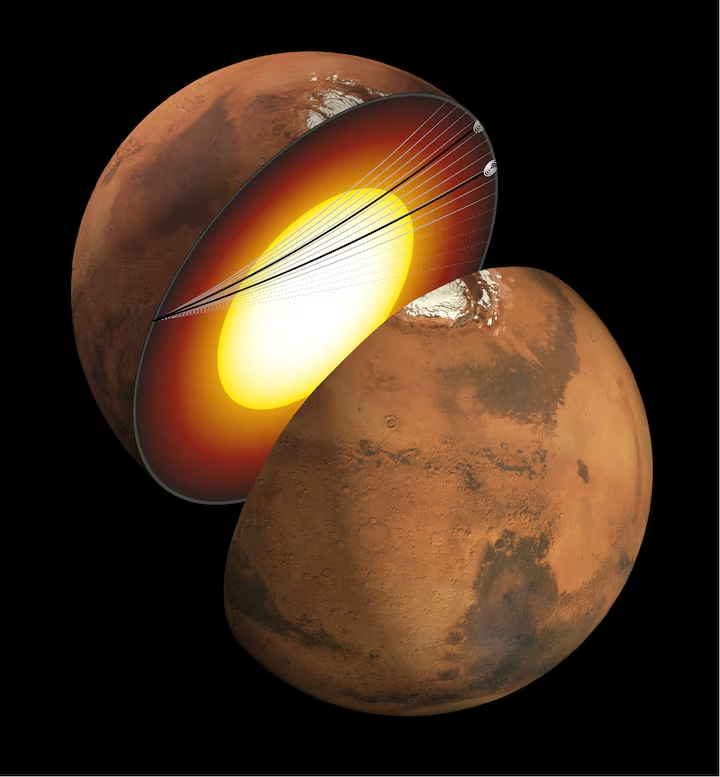Could Mars Become Habitable with the Help of Glitter-Like Iron Rods?
Recent research has proposed an intriguing new method for terraforming Mars, which involves releasing glitter-sized iron and aluminum rods into the Martian atmosphere. This approach, suggested by Edwin Kite and colleagues at the University of Chicago, aims to warm the planet enough to melt water and support microbial life. The idea is to make the Red Planet more hospitable, potentially paving the way for future human colonization.
Scientists have long dreamed of terraforming Mars, making it more like Earth. Traditional methods, such as installing mirrors or pumping methane into the atmosphere, require materials to be transported from Earth, making them costly and impractical. The new proposal focuses on using materials readily available on Mars. By releasing iron and aluminum nanorods into the atmosphere, these particles can trap heat, increasing the planet’s temperature by about 30°C over a few months to a decade.
These tiny rods, about 9 micrometers long and 160 nanometers across, would be carried by wind to Mars’s upper atmosphere. Here, they would trap heat from the surface while allowing sunlight to pass through, enhancing Mars’s natural greenhouse effect. This is similar to how Earth’s atmosphere traps heat, although the effect on Mars would need to be significantly stronger to achieve the desired warming.
The primary benefit of this method is the significant increase in temperature, which could potentially melt water ice and create liquid water, a critical ingredient for life. This warming effect could support microbial life and possibly even allow for the cultivation of certain crops, essential steps toward human colonization. Additionally, this method is reversible; the particles would eventually cycle out of the atmosphere, allowing the planet to cool if needed.
Despite its promise, this terraforming method faces several challenges. Mining and distributing the rods on Mars would require sophisticated technology and resources. Moreover, there are environmental concerns about the long-term impact of these particles. For instance, as Mars warms, water vapor might condense around the rods, potentially leading to metal-laden rain, which could pose a hazard to future human inhabitants and agriculture.

If successful, this method could revolutionize our approach to terraforming not only Mars but also other planets. It highlights the importance of using local materials, reducing the need for costly imports from Earth. This research could also inform future missions, such as NASA’s planned DAVINCI, VERITAS, and EnVision missions, which aim to further explore Venus’s and Mars’s geological history and potential habitability.
the study led by Edwin Kite and colleagues at the University of Chicago. The research was published in Science Advances .



















